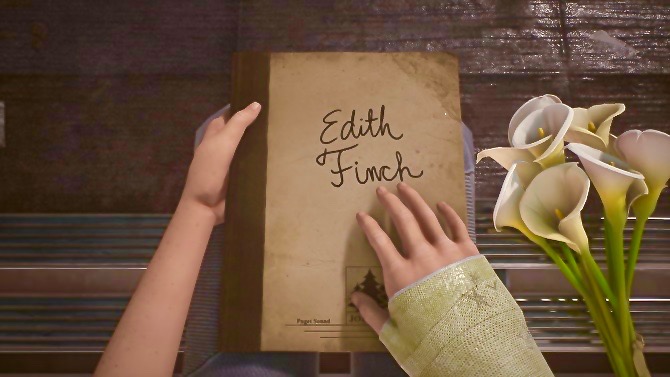The Storytelling Potential of Video Games
January 30, 2019
Growing up, I always felt that books were my one true love. Television shows and movies were fun, of course, but they always seemed a little passive; the information is put on a visual platter for your brain, while the active element of imagination required by books makes reading feel more intimate.
However, as technology evolves, new mediums continue to develop how we relate to and experience stories — in choose-your-own-adventure-style mobile games (and now “Black Mirror”), for example.
In fact, one of the most overlooked platforms for impactful storytelling is without a doubt the gaming industry. Over the break, I played “What Remains of Edith Finch,” a PC game that confirmed the potential for narrative complexity and emotional impact in this form.
In the game, you play as the titular Edith Finch, a young woman returning to her childhood home to unravel the mystery of why she is the only remaining member of her family.
You wander the labyrinthine Finch house, exploring bedrooms and learning family secrets while appreciating the visual detail and beauty of the game. As someone who always loved both the Nancy Drew video game and book series, the potential for sleuthing immediately piqued my interest.
I soon realized that, in the traditional sense, “What Remains of Edith Finch” is not a game at all. It belongs to a genre called “walking simulators,” which entails walking around and looking at things. The benefit of this format is that it puts you directly in charge of the visual scope of the story as you take on a first-person perspective in the world.
You can explore and meander as much or as little as you desire. In “Edith Finch” specifically, this perspective allows for some incredibly unique and engaging gameplay as you switch between family members over the course of the narrative.
This brings us to the next aspect of “Edith Finch” that separates it from traditional gaming. In other titles, you might have the option to play as multiple characters, but “Edith Finch” takes this a step further by altering the playstyle depending on what member of the Finch story you inhabit. As a result, each perspective feels like an entirely distinct experience, which connects you psychologically to each of the family members and heightens the emotional impact at the close of each story.
For example, one of my favorite segments is when you enter the mind of Edith’s older brother. Throughout the section, you steadily lop off fish heads with one hand, while the other guides an avatar through the world of his imagination. You do not only watch his retreat into fantasy, but you experience the recession of the physical world as the internal, the imaginary world becomes larger, brighter and more complex.
Ultimately, I walked away from “What Remains of Edith Finch” feeling like I had not only watched the story unfold, but lived it. The game stayed with me as I continued to digest what it meant — in much the same way that I might reflect on a good book, days after I’ve turned the last page. To me, this experience demonstrated that, instead of decrying the moral “dangers” of video games, we should realize potential for powerful storytelling inherent to the platform.
On their official website, the creators of “What Remains of Edith Finch” describe it as “a game about what it feels like to be humbled and astonished by the vast and unknowable world around us.” In other words, it’s a story about the universal human experience. If that’s not literature, I don’t know what is.
By Hannah Gonzalez










If you want a picture to show with your comment, go get a gravatar.